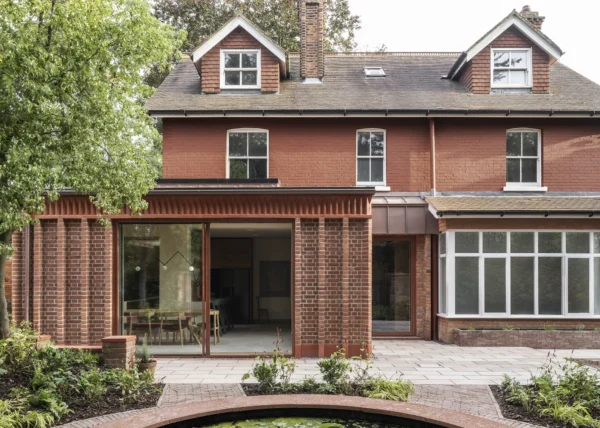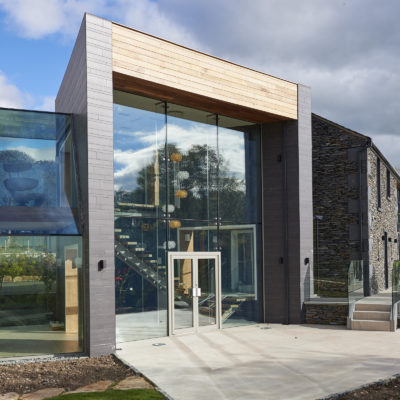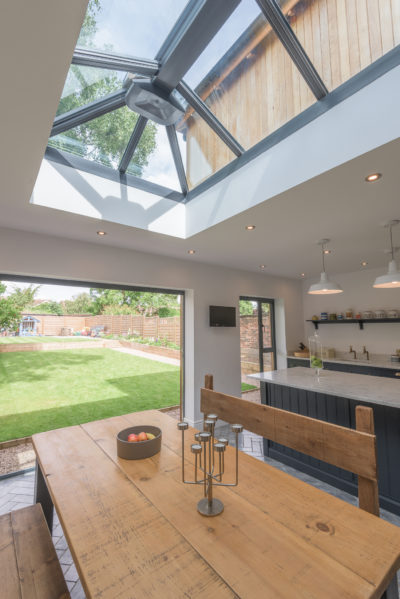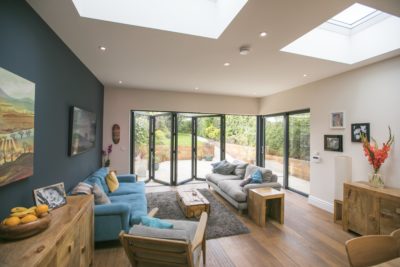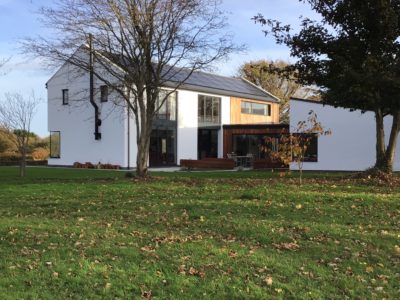Planning: Solutions to Overlooking Issues
When you’re looking to construct a new house (particularly on an infill or backland plot), extend or convert a building, you must always take into consideration the impact the new structure will have on your neighbours’ privacy.
But sometimes a degree of overlooking seems inevitable, so what are the best ways to overcome this issue?
Overlooking neighbours is one of those planning considerations that gets lumped under the general heading of ‘residential amenity’.
Privacy is something councils’ policies aim to protect, although the wording and level of detail varies a good deal between different authorities.
Protecting privacy
Views from windows, balconies and raised decking or patios into the living spaces of a neighbouring property, both inside and outside the house, are the main concerns.
However, there are no fixed standards as to what is or isn’t an unacceptable impact, and much depends on the density and pattern of housing in the area, plus the degree of privacy that the neighbouring houses currently enjoy.
For example, in close-knit urban situations, householders tend to have much lower levels of privacy than in the more spacious suburbs.
As a general rule, front-facing windows and gardens don’t have as much privacy than the back, as they’re often overlooked from the street anyway.
When you’re analysing the potential suitability of a plot or contemplating an extension, it’s vital to take into account the privacy of neighbouring properties.
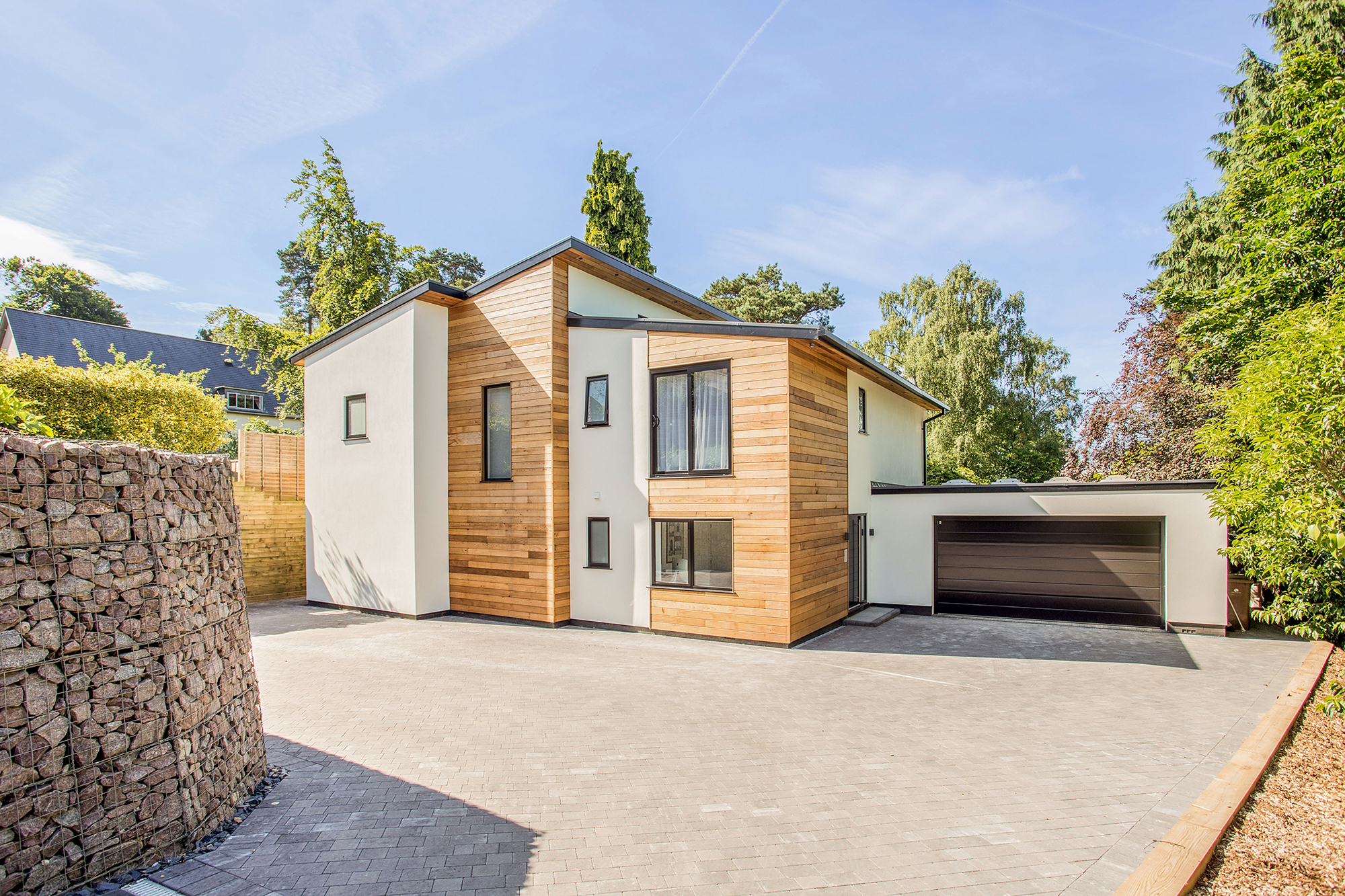
For this project, the homeowners were after a contemporary design with a light, airy and open-plan interior. The land came with some complicated elements that the design team needed to overcome, such making the best use of the site and avoid overlooking. Building this beautiful contemporary home on a garden plot was a challenge, with D&M Homes negotiating difficult site access and complicated level differences. The design features carefully positioned glazing, a stepped facade at the front and a fence on the upper storey terrace at the end of the house. Read more: Modern Home on a Garden Site |
If they have windows that are facing your plot, what rooms are they in? A living room, kitchen or bedroom is more significant in privacy terms than a hallway or landing, for instance.
If you’re extending, are any windows that might be affected by the new structure already overlooked from your house anyway?
Outside, a neighbouring patio area, hot tub or swimming pool would be particularly sensitive to having views across from your house, unless privacy was already compromised.
For instance, with terraced and semi detached houses, there is always a degree of overlooking of neighbour’s gardens from rear windows.
If you’re unsure of the layout of next door’s house you might be able to get details from the council’s planning records. Alternatively, a friendly visit to introduce yourself as a potential new neighbour/to discuss the extension you’re planning might prove helpful.
Design, layout & levels
Dealing with potential overlooking starts with how you position your new house on the plot.
Be sensitive to levels, as a raised view towards your neighbours is always going to be hard to mitigate. Lowering floor slabs and ceiling heights can help to prevent elevated views.
In extreme cases, a bungalow may be the only way to develop the site without causing unacceptable overlooking.
Leave as much space as you can from sensitively positioned windows and consider how the shape of your house can be configured to avoid siting new windows where they might cause overlooking.
If your windows have to be facing towards neighbours (particularly on the first floor) can you design a layout in which it doesn’t matter if these rooms don’t have a good view of the outside? For instance, obscured glazing wouldn’t be an issue in bathrooms, hallways or landings.
New balconies or roof terraces needs particular care – privacy screens can prevent views, but need to be an integral part of the design rather than an afterthought tacked on when a problem surfaces.
Where your house would back on to another, a separation distance of around 21m between rear windows is generally considered adequate –although councils’ design guides might set out a different figure.
Note that such rule of thumb guidelines tend to be aimed at the development of whole new estates rather than the situation where a house is being set amongst existing properties.
Glazing options
If overlooking is likely from your windows, obscured glazing (such as frosted glass), non- or limited-opening units can provide solutions.
This is fine in spaces like bathrooms, but isn’t ideal everywhere, for instance as a main bedroom window. The council will assume that a future occupier of your house would want some sort of outlook from their bedroom, and seek to remove the obscured glazing.
That said, if your bedroom had a principal window facing to the rear and another towards the neighbours at the side, then obscured glazing of the smaller one should be considered acceptable.
An alternative is to go for high level windows in rooms where you want daylight, but an
outlook isn’t essential. Rooflights can give plenty of natural illumination, along with an outlook of sky and potentially tree tops, but they’ll avoid creating a view down into your neighbour’s garden.
Different council’s attitudes to high level bedroom windows varies, with some resisting on the basis they don’t afford the occupier sufficient amenity, even though they protect the neighbours.
Planting, fences & bunds
Overlooking can sometimes be mitigated by planting or fencing.
At ground floor level, a 2m-high close-board fence along a flank boundary is likely to eliminate the potential for overlooking between ground floor windows, and a well-kept hedge could have the same effect.
Although be aware that this could also cause loss of light or outlook to your neighbours, so take other ‘residential amenity’ issues into account.
It’s sometimes possible to mitigate higher level overlooking issues by means of tall hedges or tree planting, but such measures take a long time to prove effective, plus coverage varies between the summer and winter.
Councils probably won’t favour total reliance on trees or hedges as a means to eliminate overlooking, but they can still be helpful as part of a range of measures.
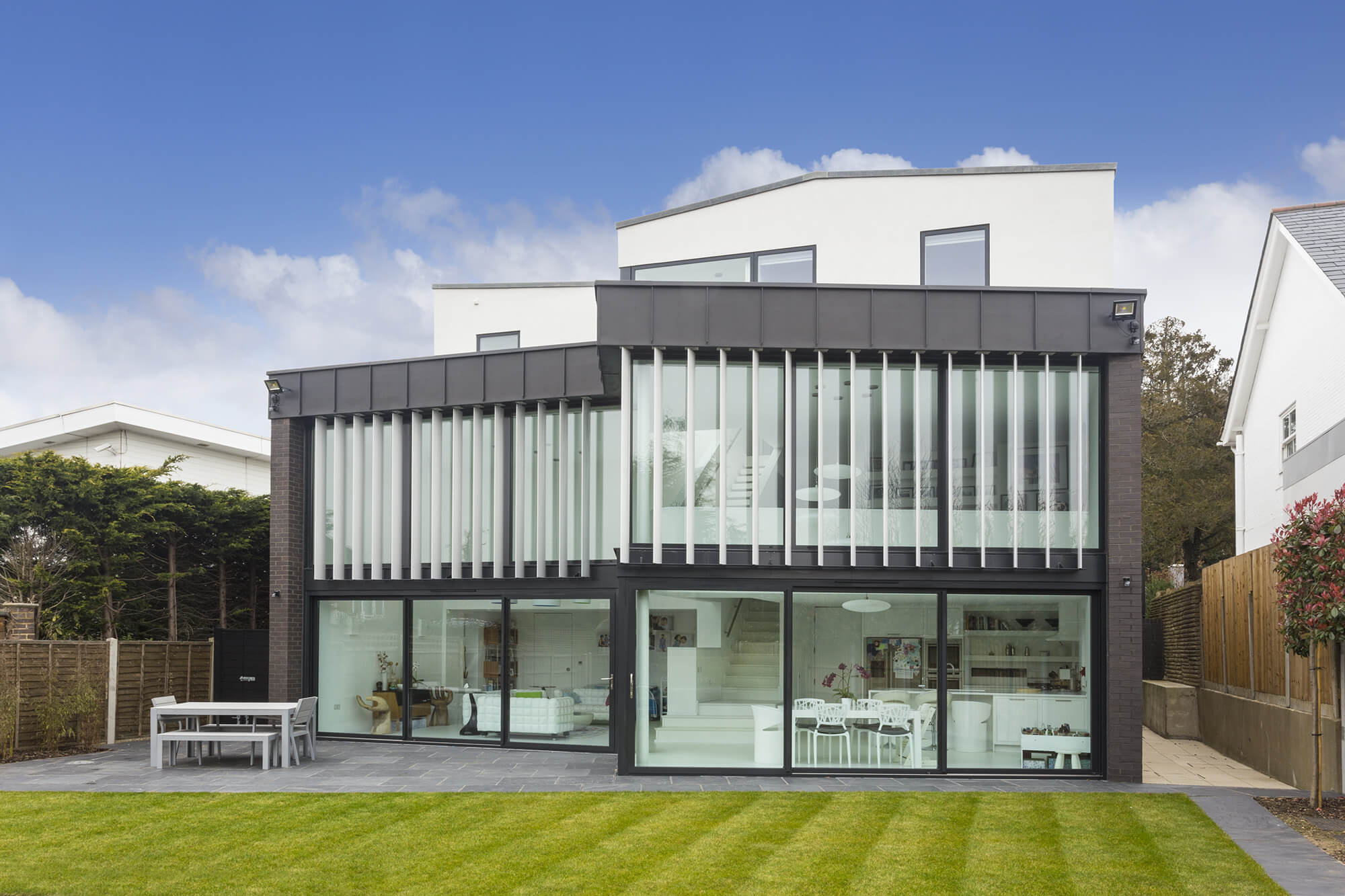
Build It reader Chris Desyllas brought Snug Architects on board to design a replacement dwelling that would not only look nicer, but also improve the previous property’s overlooking issues. All the windows at the side of this house feature obscured glass and are much less intrusive than those on the original property. At the back of the dwelling, fixed louvres help to prevent overlooking. Read more: Three Storey Home with Stunning Views |
Fast growing Leylandii conifers can produce an effective screen in a few years once settled, but planners tend not to like them due to past problems with such hedges getting out of control.
The same goes for earth bunds (banks) – although effective as screens they have a tendency to dry out and not support planted trees or shrubs.
A low bund might be acceptable as a means to give new planting a bit of a leg up in providing a screen quickly.
Politics & good relations
Fostering good relationships with your neighbours is a helpful part of any planning process and avoiding objections from them will certainly help to boost the prospects for your application.
But don’t rely on having your neighbours prepared to write to the council saying they don’t mind being overlooked – planning officers take a more objective view and consider if any future occupier of the house in question would be happy.
Read more: The Politics of Planning
If the impact on privacy wasn’t great, and the issues in the planning application finely balanced, then the support of your neighbours could help to tip the decision in your
favour.
Likewise, any relatively minor overlooking issues could be blown out of all proportion if your neighbours strongly object – particularly if they have friends at the council.
Free Advice about your ProjectTalk to the experts about your project and learn from their years of experience at Build It Live. Watch live presentations on a variety of topics, meet hundreds of suppliers and book a one-to-one appointment with an expert – including architects, project managers and finance specialists. Build It Live takes place three times a year in Kent, Oxfordshire and Exeter. The next show will be on 9th and 10th September 2023, in Exeter. Claim a pair of free tickets today and start planning your visit. |































































































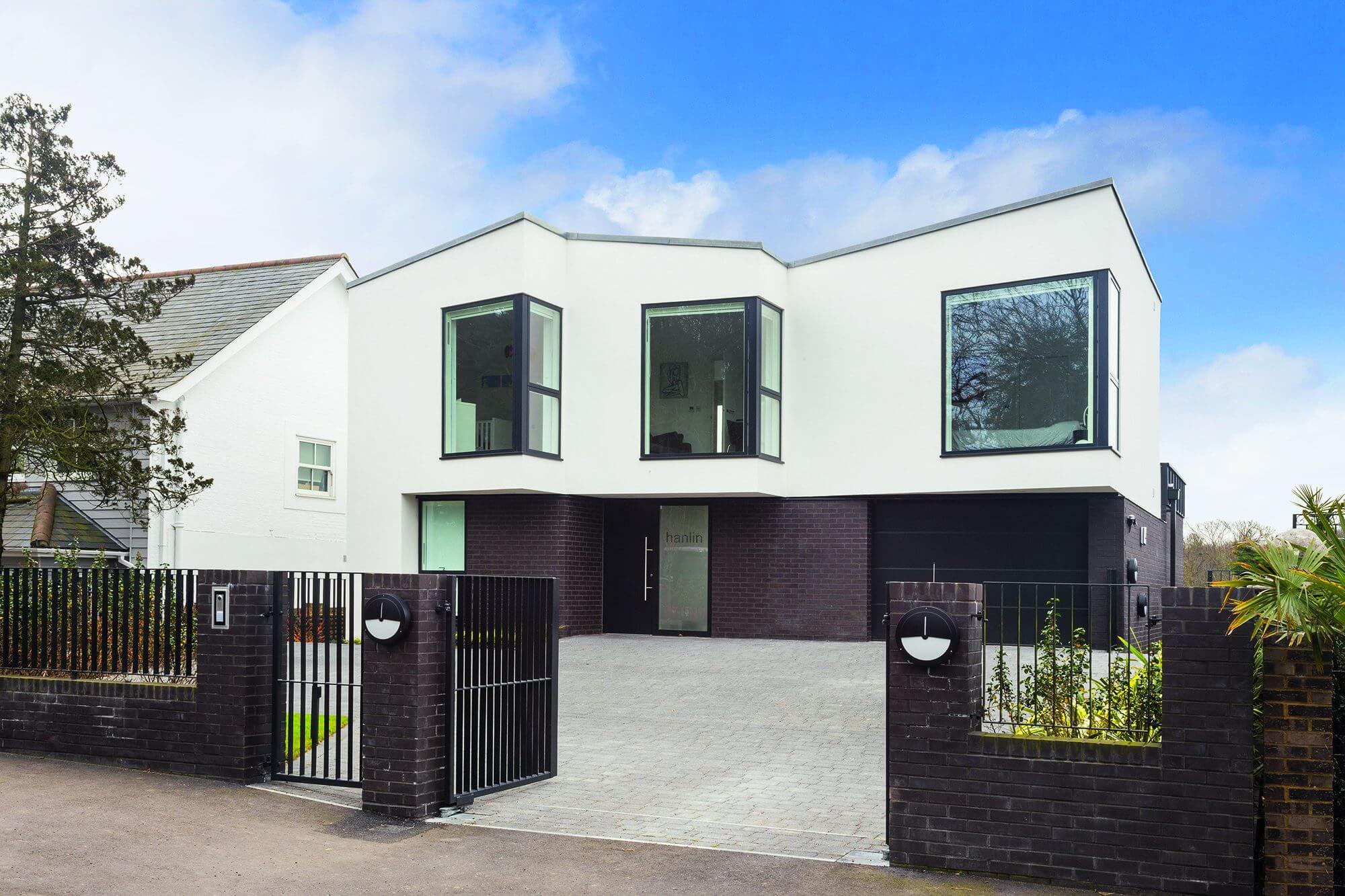
 Login/register to save Article for later
Login/register to save Article for later




